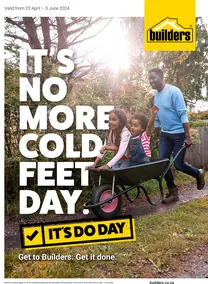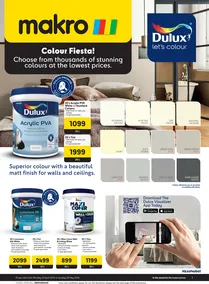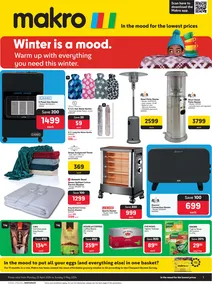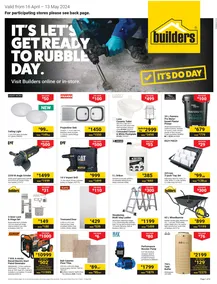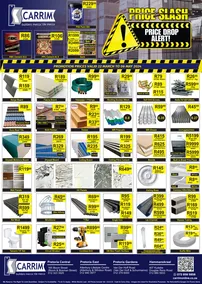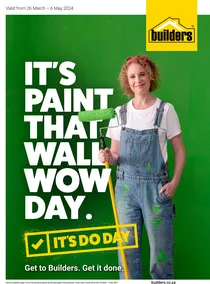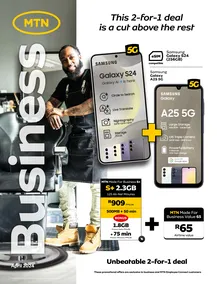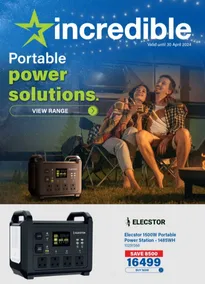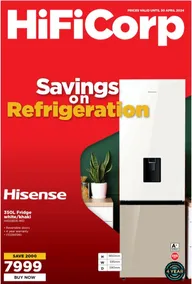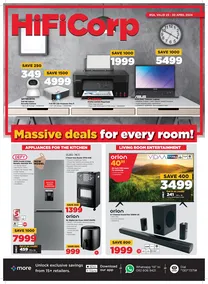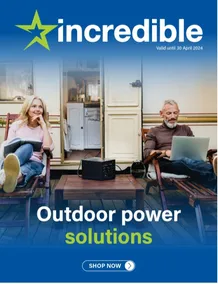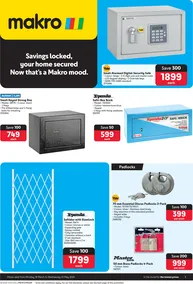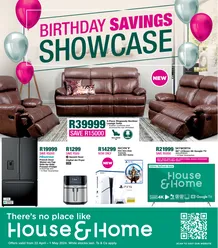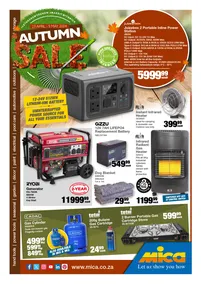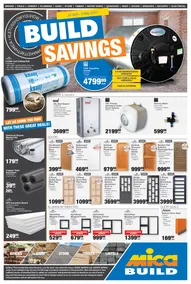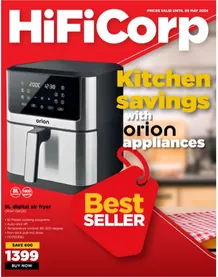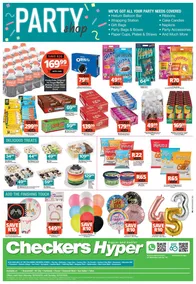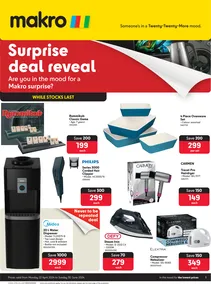
Counter the winter cold with these gas safety tips from Builders SA

South Africans are bracing for a challenging winter this year, with the severely constrained national power system at high risk of elevating load shedding to Stage 8.
Frank Urzi, Merchandise Manager at Builders says Liquefied Petroleum Gas (LPG) is an affordable solution for households looking to counter the cold by powering stoves, heaters, and geysers during power outages.
However, it’s imperative to handle gas responsibly. Gas is a safe and reliable alternative to electricity that can keep homes warm and maintain essential home functions during loadshedding. Its simple chemical structure means that it’s clean-burning and very safe.
“As a licensed gas partner outlet that complies with the South African National Standards’ (SANS) regulations and one of the main retail partners to Afrox (A Division of Linde Group), we want to provide all the essential information South Africans need to know about gas usage, safety, and maintenance.
That way, we can help families use gas as a safe, efficient energy alternative during these colder months to keep their homes warm and comply with national safety regulations.”
Here are some tips to help you set up gas safely in your home:
Transporting gas
When transporting your LPG cylinder from the store, you'll want to take note of the two arrows on the cylinder pointing upwards. These markings indicate that cylinders must be stored, transported, and used in an upright position.
LPG cylinders contain both a liquid and vapour. Therefore, if a gas cylinder is not upright, it will leak liquid, which can be hazardous.
Installing gas in your home
Since LPG cannot burn without air, there can never be a “flashback” in the cylinder. Best of all, because gas is in a cylinder, you can move it around the house or even take it outside. Before you can enjoy the benefits of gas, your gas installation must comply with the SANS installation regulations guide, namely:
- Never install gas bottles less than one metre sideways from doors, windows, air vents and ducting.
- Ensure all gas copper pipes going through a wall are sleeved to provide an additional layer of protection.
- Ensure your gas installation has a certificate of conformity for gas appliances (gas braais, gas stoves and ovens, and gas-heated water systems).
Connecting gas to an appliance
When connecting a gas cylinder to an appliance, ensure the connection is tight and there's no gas smell. All gas appliances have rubber or fibre washers to seal the connection. These should be checked and replaced by licensed LPG installers or service companies only.
Essential safety measures you must consider when connecting your gas cylinder to an appliance include:
- Opening the valve only 1½ turns
- Lighting the gas burner before opening the gas if the appliance lacks auto ignition
- Placing LPG cylinders on a firm surface
- Shutting off the gas supply when not in use
- Ensuring the valve is clean before connection
Detecting gas leaks
Most gas leaks occur from defective rubber tubing, faulty regulator fitting and improper handling of gas appliances. The most obvious way to detect a leak is by smell. LPG is colourless and odourless – so the "gas" smell is an odorant added to the mixture to help you detect gas leaks.
There's an easy way to check if your cylinder is leaking. First, you must open the gas cylinder but keep the appliance knob closed (this will build up pressure in the system). Next, apply soapy water to the valve area using a sponge. If there's a gas leak, bubbles will form at the point of the leak. If your cylinder is leaking, turn off the gas bottle and get it replaced immediately.
Safely storing your gas
Builders says, much like transporting gas, you must store your cylinder upright when it's not in use. If your gas is exposed to heat, the cylinder pressure will increase. Therefore, store your cylinder away from stoves and other flammable materials.
Also, ensure you have at least one multipurpose fire extinguisher in your home.
Know when your gas cylinder is empty
Builders says there is a simple test you can do that will show you how much gas your cylinder has. First, pour hot water down one side of the bottle. A line of condensation will appear, indicating the gas level inside. If you don't get a condensation line, run your hand down the side of the bottle, and you should feel a distinct change in temperature at the gas level. The surface will be hotter where there is no gas and cooler where there is gas. If you don't feel a difference, the cylinder may be empty.
"Gas cylinders are pressurised, so never refill an empty cylinder yourself. If you attempt to remove or refill that gas, you could suffer a potentially fatal accident. When your cylinder is empty, return it to your local Builders or go online, where we have the correct equipment to replace, refill and exchange gas cylinders safely.”
Supplied by: Builders South Africa.
Guzzle Media
Get The Latest News & Specials
You successfully subscribed, thanks!
THIS WEEK'S TOP STORIES

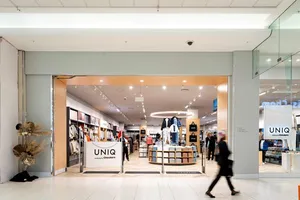
UNIQ clothing by Checkers opens 20th store

Woolworths Elevates Commitment to Sustainability with Launch of New Winter Fashion Collection

Samsung Celebrates Earth Day 2024 with Innovations for a Greener Sustainable Future


























